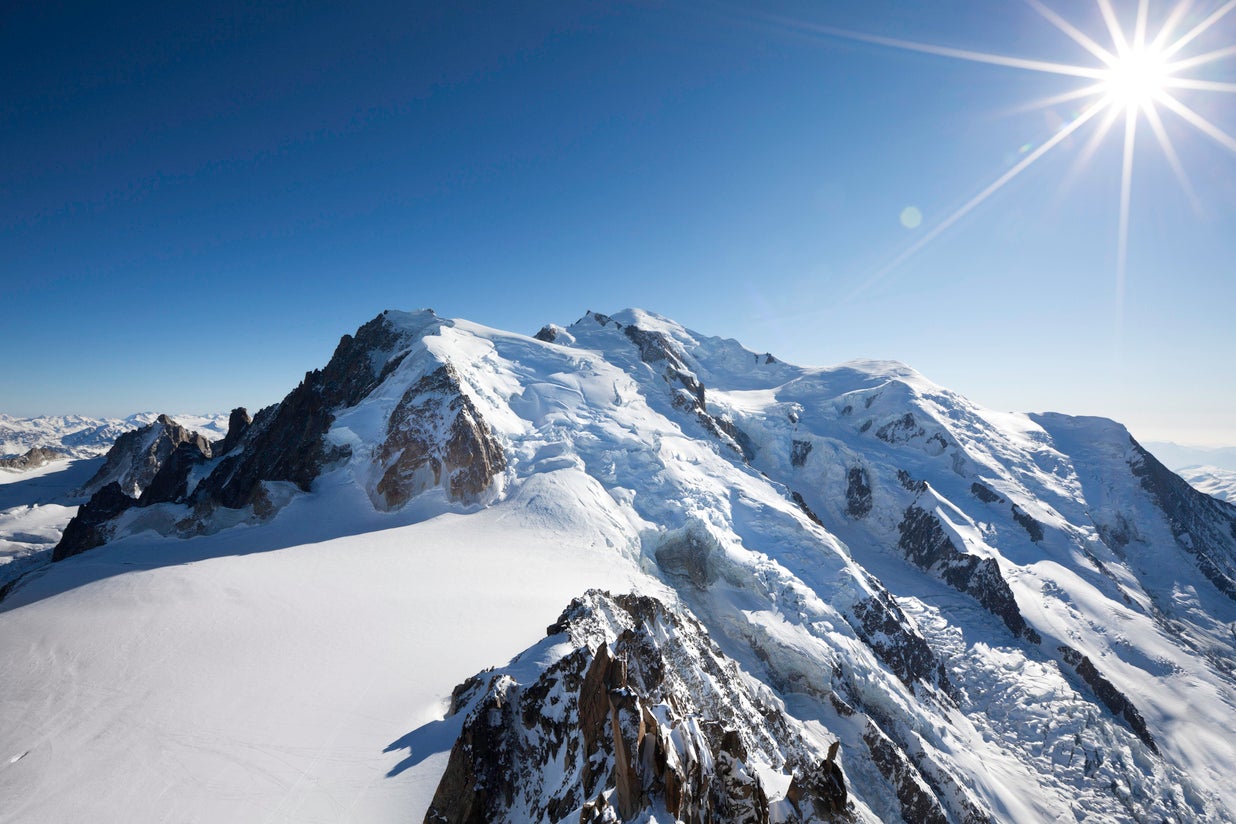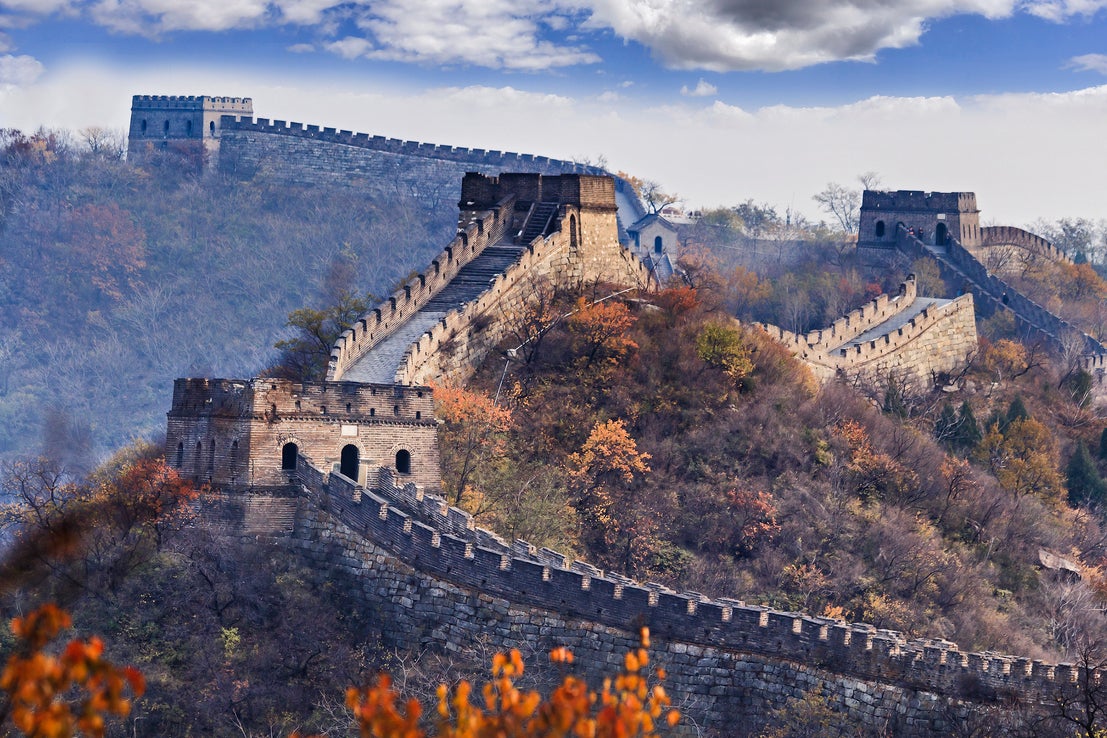Global tourist attractions facing extinction, from Machu Picchu to the Taj Mahal
These famous places could be gone in less than a century

Your support helps us to tell the story
From reproductive rights to climate change to Big Tech, The Independent is on the ground when the story is developing. Whether it's investigating the financials of Elon Musk's pro-Trump PAC or producing our latest documentary, 'The A Word', which shines a light on the American women fighting for reproductive rights, we know how important it is to parse out the facts from the messaging.
At such a critical moment in US history, we need reporters on the ground. Your donation allows us to keep sending journalists to speak to both sides of the story.
The Independent is trusted by Americans across the entire political spectrum. And unlike many other quality news outlets, we choose not to lock Americans out of our reporting and analysis with paywalls. We believe quality journalism should be available to everyone, paid for by those who can afford it.
Your support makes all the difference.Plenty of the must-see attractions we take for granted might not be around forever. Citybase Apartments has listed the destinations that, due to climate change, tourist damage and natural erosion, may be extinct in 100 years’ time.
Taj Mahal, India
The Taj Mahal is almost 400 years old and its famous façade is struggling with age, leading local authorities to ban cars from the area to reduce pollution. The mausoleum is losing its pearly sheen due to acid rain and air pollution and the volume of tourists each year are wearing down the marble walls and floors. The wooden foundations of the building are also straining and are affected by the falling water levels of the polluted Yamuna River nearby.

Machu Picchu, Peru
Since Machu Picchu was declared a Unesco World Heritage site in 1983 tourists have braved altitude sickness to see the ancient ruins at Cuzco. But the volume of people is causing damage to the Inca City. As the area around the site has built up, so have problems with deforestation, the risk of landslides and uncontrolled urban development. From 1 July Peru’s Ministry of Culture will only allow access to visitors who have pre-booked tickets to ensure the number does not exceed 2,500 per day. It also lies on the Tambomachay Fault so could be hit by an earthquake.
Mont Blanc, France
The retreating glaciers in the French Alps have lost 5m of snow each year for the last three decades due to the effects of global warming. The most alarming scientific predictions say that the glaciers will disappear completely by 2050 if the earth’s temperature continues to increase at its current rate. Analysis shows that the ice above 3,800 metres on the Mont Blanc massif is relatively stable, but below that it’s retracting quite quickly. The Brenva glacier on the Italian side loses around 12m of ice per year, while the Mer de Glace in Chamonix loses 4 to 5m per year on average and is now considerably thinner in depth as well.

Mount Kilimanjaro, Tanzania
It is famous for the snowy cap on its Kibo summit, but approximately 85 per cent of the glacial ice on Mount Kilimanjaro disappeared between 1912 and 2011 according to a report by NASA. The glaciers, thought to be 10,000 years old, lost more than 4,000,000 cubic meters of ice in the past 13 years and predictions say the cap will have completely disappeared by 2033.
The Everglades, US
The famous wetlands were given National Park status in 1947 but even this has not managed to protect its delicate ecosystem. In the past 60 years the Everglades have shrunk to half their size due to agricultural and residential developments in the surrounding areas. Rising sea levels have also introduced salty water to fresh water areas with devastating results for the local wildlife who have been unable to adapt to their new environment.

The Great Wall of China, China
A third of the famous Asian wall has disappeared due to a combination of natural erosion, brick theft to build houses and tourist damage. Construction on the wall first began in the 3rd century BC, but nearly 6,300km was built during the Ming era between 1368 and 1644. Some of the construction has simply weathered away, while plants growing in the walls have accelerated the decay. Chinese authorities have also had issues with tourists etching graffiti on the stone structure.
The Dead Sea, Israel
The salty water in the famous lake is known for its healing properties and has long been removed for use in cosmetic and therapeutic treatments. This, along with the diversion of the water for surrounding communities, has seen the surface level drop by more than a metre each year since measurements were first taken in 1927. It is estimated that it could evaporate completely in the next 50 years.
Join our commenting forum
Join thought-provoking conversations, follow other Independent readers and see their replies
Comments